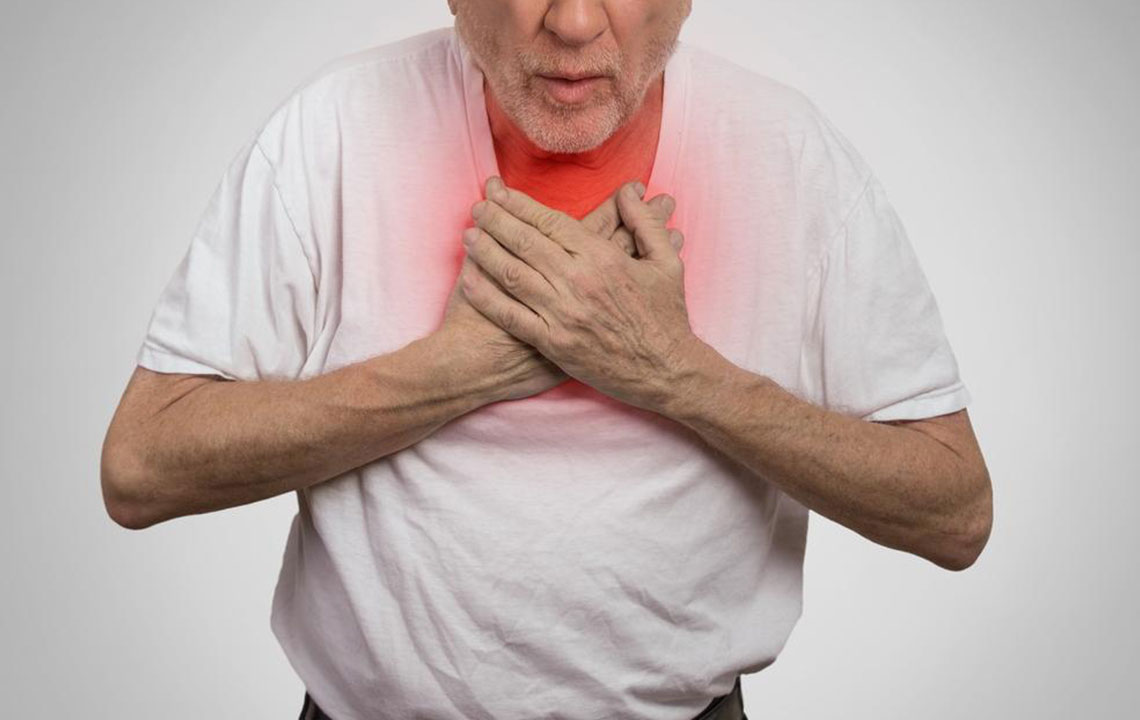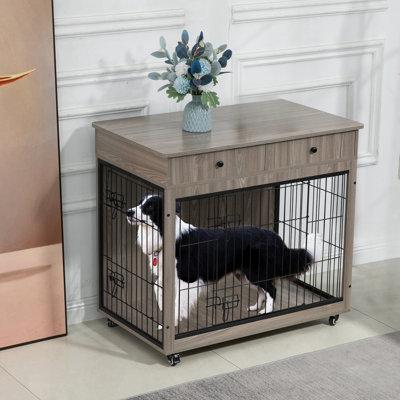Common symptoms of pulmonary embolism

Pulmonary embolism occurs when either of the pulmonary arteries is being blocked due to something. This blockage is generally caused by a blood clot migrated from other parts of the body; however, this is not always the case. This blockage can also be created by air bubbles, fats from the bone marrow let loose into blood during a fracture, or due to amniotic fluid.
A pulmonary embolism cuts off the supply of blood. This has two consequences: either the lung tissue starved of blood dies off (pulmonary infarct) or the oxygen level in the lung diminishes. Pulmonary embolism symptoms are normally experienced due to reduced oxygen levels in the blood. Pulmonary embolism symptoms develop suddenly and can be life threatening. Common pulmonary embolism symptoms include shortness of breath worsened by exertion and not relieved by rest. Chest pain, similar to a heart attack, but not alleviated by rest, is another common symptom. Other common pulmonary embolism symptoms include a cough that may produce blood-colored sputum or blood itself, pain and swelling in the calf, clammy and bluish skin (cyanosis), fever, rapid or irregular pulse, excessive perspiration, and dizziness.
Pulmonary embolism can be life threatening and needs immediate medical attention. The treatments are aimed at dissolving the clot quickly and restoring the circulation. Anticoagulant heparin is frequently used. These drugs prevent the formation of new clots while the body works to dissolve the clot. Oral agents take slightly longer time to start their work. However, there are newer, quick-acting drugs that need no overlapping with heparin.
Normally the body’s mechanisms keep blood from clotting. However, there are factors that encourage clot formation like slow circulation and stagnation especially in the legs. These factors also include traveling for long distances, sitting in cramped spaces, post surgery, heart attacks, fractures, long bed rests, surgeries like knee replacements, pregnancy, treatments with estrogens, obesity, and breast cancers.
It is critical that the public is aware of pulmonary embolism symptoms. Otherwise, there is always a possibility that a potentially dangerous condition becomes life threatening.
Recent Articles
Recent Questions
What kind of life insurance builds cash value?
The rest of the premium payment will go toward your policy's cash value. The life insurance company generally invests this money in a conservative-yield investment. As you continue to pay premiums on the policy and earn more interest, the cash value grows over the years.
What is meant by insurance plans?
An insurance plan is the one that consists of a premium amount and other components used in getting a product insured. There may be various types of insurance plans with varying terms and policies.
What are the common components of insurance?
The most important components of most insurance plans are the premium and the contract. Anything written in the contract becomes its crucial component.
What are the various types of insurance policies?
There are various kinds on insurance policies that are available on various assets. Auto, health, commercial vehicle, and travel insurance are some of the popular types of insurance policies.








